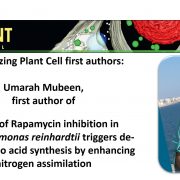
Recognizing Plant Cell first authors: Umarah Mubeen
Umarah Mubeen, first author of Target of Rapamycin inhibition in Chlamydomonas reinhardtii triggers de-novo amino acid synthesis by enhancing nitrogen assimilation
Current Position: Doctoral student Max Planck Institute of Molecular Plant Physiology (MPIMP), Potsdam, Germany
Education: MS Industrial…
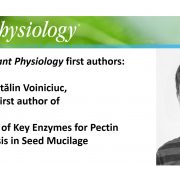
Recognizing Plant Physiology first authors: Cătălin Voiniciuc
Cătălin Voiniciuc, first author of Identification of Key Enzymes for Pectin Synthesis in Seed Mucilage
Current Position: Research Associate at Heinrich Heine University Düsseldorf
Education: Ph.D., summa cum laude (RWTH Aachen University), M.Sc. (University of British Columbia, Vancouver, Canada),…

Recognizing Plant Physiology first authors: Mingzhu Fan
Mingzhu Fan, first author of A Trihelix Family Transcription Factor is Associated with Key Genes in Mixed-linkage Glucan Accumulation
Current Position: Postdoctoral Researcher at Michigan State University
Education: PhD in Developmental Biology (2013), Institute of Botany, Chinese Academy of Sciences,…
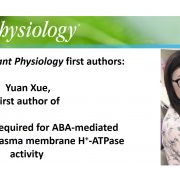
Recognizing Plant Physiology first authors: Yuan Xue
Yuan Xue, first author of VAMP711 is required for ABA-mediated inhibition of plasma membrane H+-ATPase activity
Current Position: Ph.D. of Science, China Agricultural University, Stake Key Laboratory of Plant Physiology and Biochemistry
Education: Biological ScienceBachelor of Science, Shandong…

Recognizing Plant Physiology first authors: Muhammad Aman Mulki
Muhammad Aman Mulki, first author of FLOWERING LOCUS T3 (FT3) promotes spikelet formation but not floral development
Current Position: Postdoctoral fellow, Plant Breeding and Genetics, Max Planck Institute for Plant Breeding Research, Cologne, Germany.
Education: PhD, Crop Genetics, University…
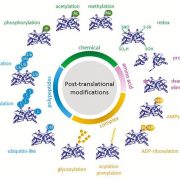
Special issue: Orchestrating the proteome with post-translational modifications (J. Exp. Bot.)
I guess we're well past the stage of thinking "one gene - one protein", but even a single polypeptide isn't really one protein, due to the huge number of different types of post-translational modification (PTM) it can be subjected to. These are summarized in the illustration that accompanies the editorial…
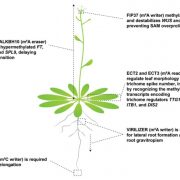
Review: New insights into the plant epitranscriptome ($) (J. Exp. Bot.)
Just like the epigenome is the collection of epigenetic marks on DNA, the epitranscriptome is the collection of epigenetic marks on mRNA. Vandivier and Gregory review our current understanding of the epitranscriptome, with a focus on N6-methyladenosine (m6A) and 5-methylcytosine (m5C), and their various…
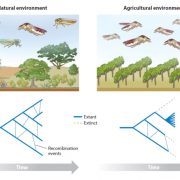
Review. Xylella fastidiosa: Insights into an emerging plant pathogen ($) (Annu. Rev. Plant Phytopathol.)
The plant pathogenic bacterium Xylella fastidiosa occurs widely and often asymptomatically, yet it is associated with a few seriously bad disease outbreaks, the most recent affecting olive trees in southern Italy and adjoining regions. It also is the causal agent of Pierce’s Disease of grapevine, citrus…
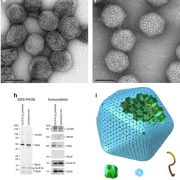
Carboxysome encapsulation of the CO2-fixing enzyme Rubisco in tobacco chloroplasts (Nature Comms.)
One of the fundamental challenges facing terrestrial plants occurs when CO2 levels are depleted at Rubisco, causing its inefficient oxygenase activity to dominate. Some plants minimize this problem by adding a carbon-fixing step upstream of Rubisco, and various algae and cyanobacteria sequester Rubisco…

